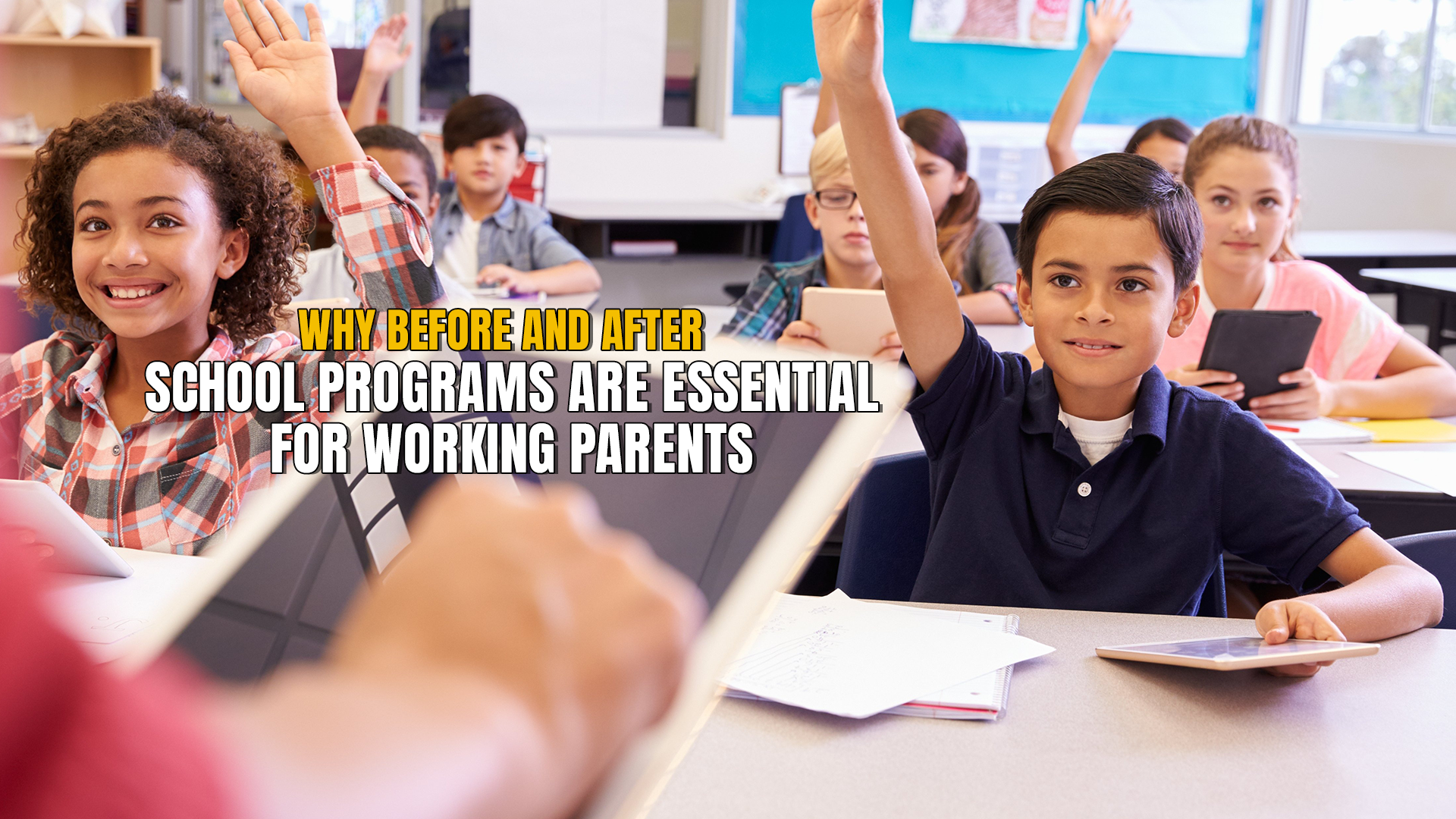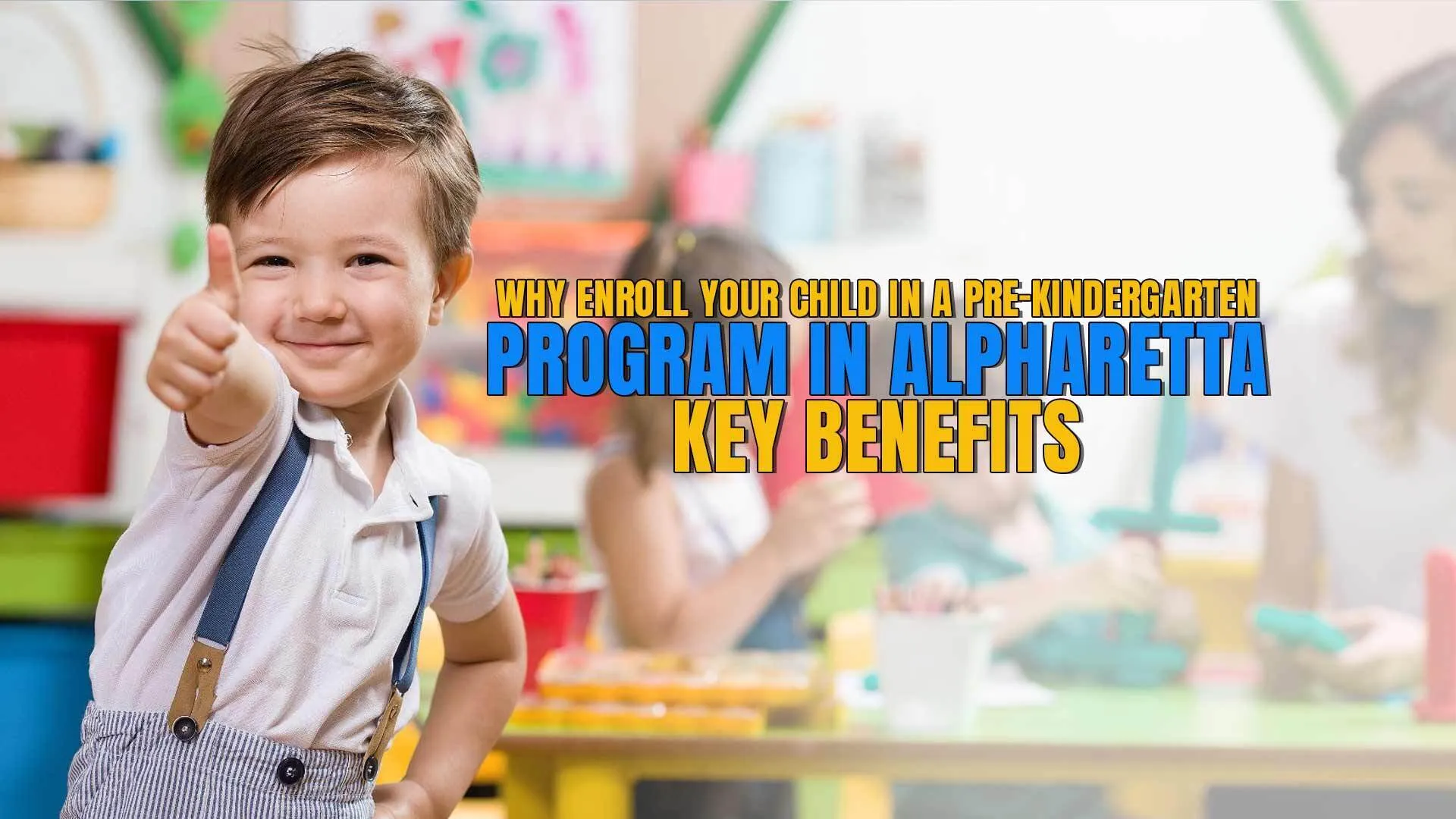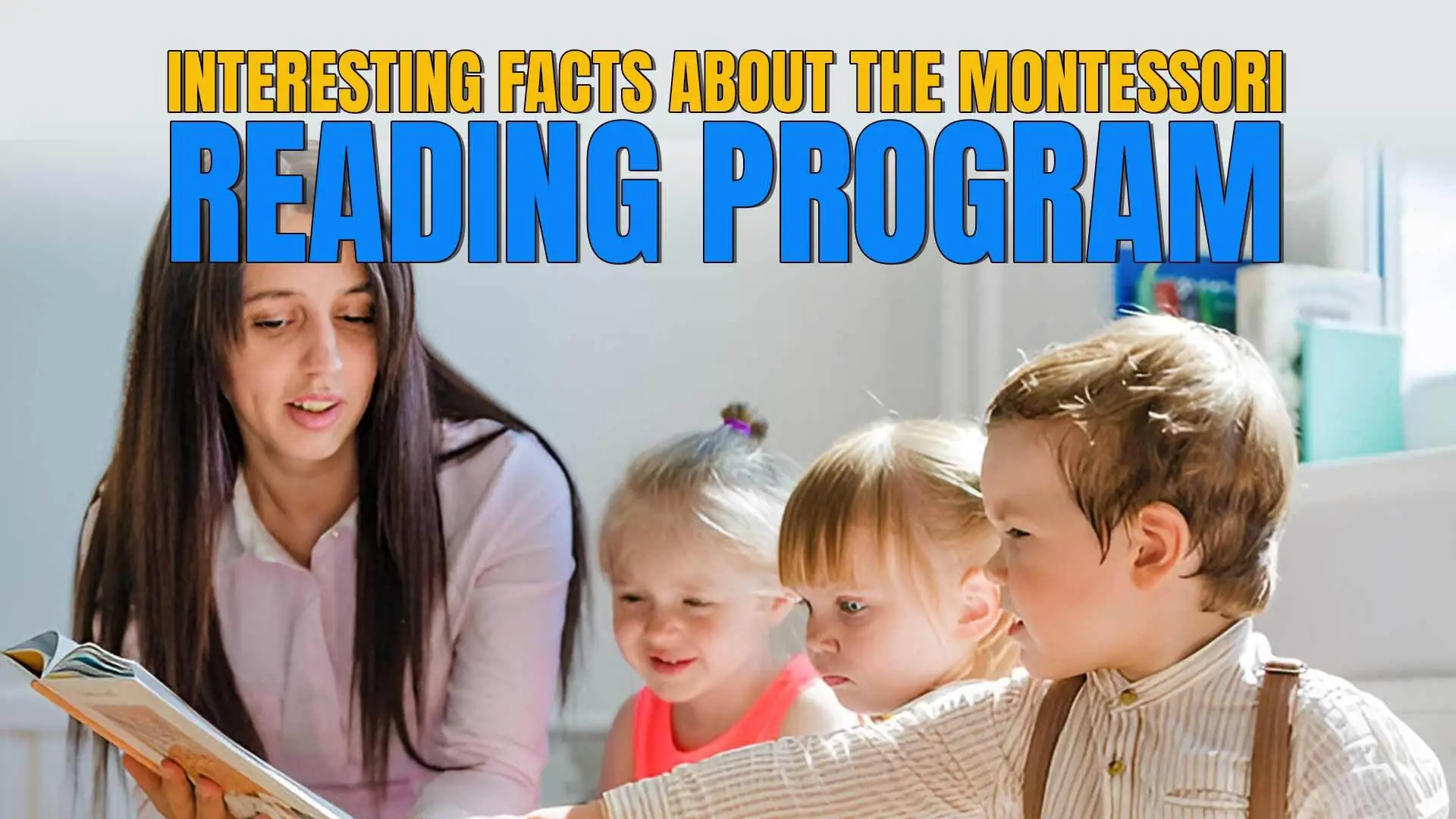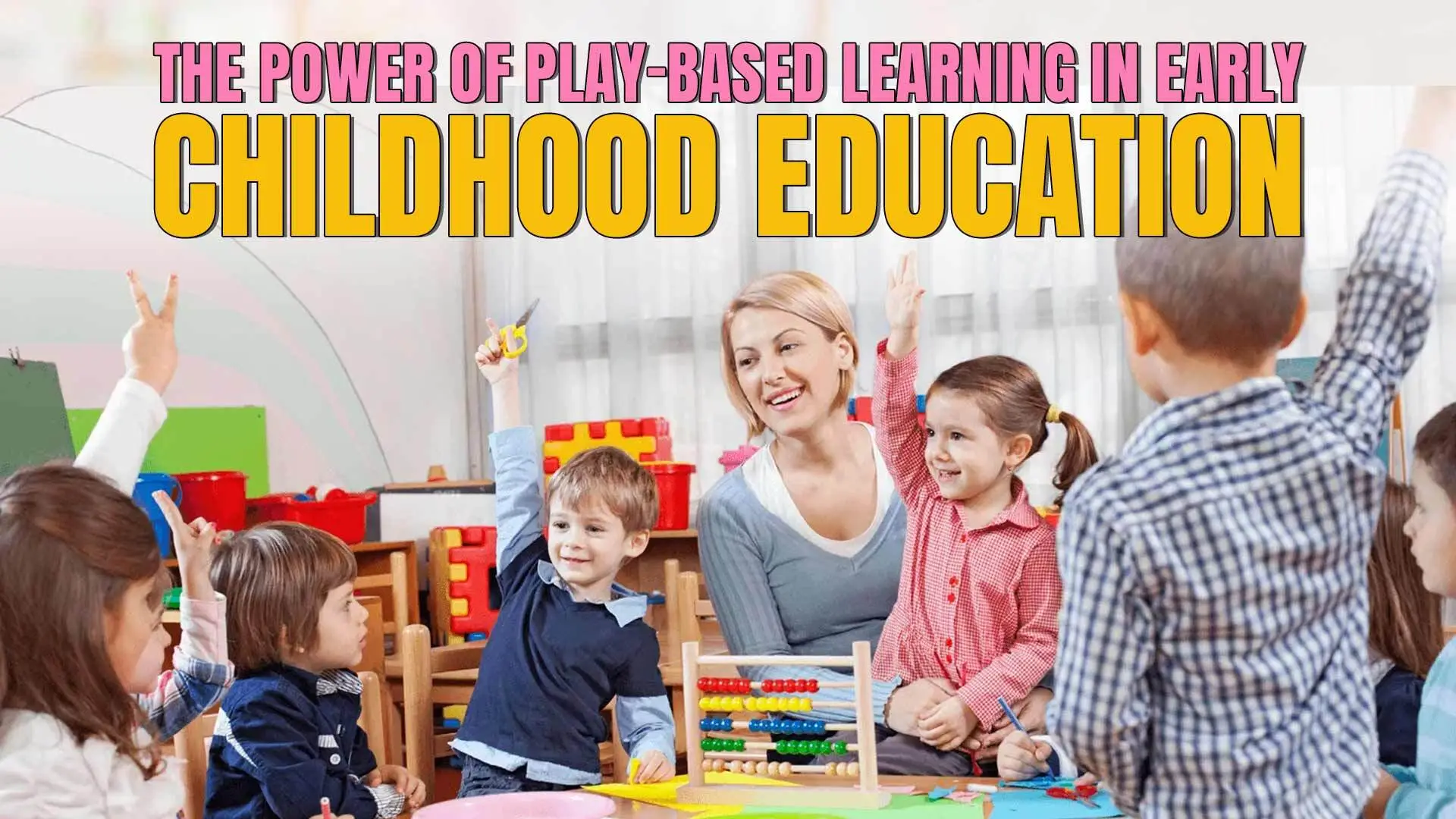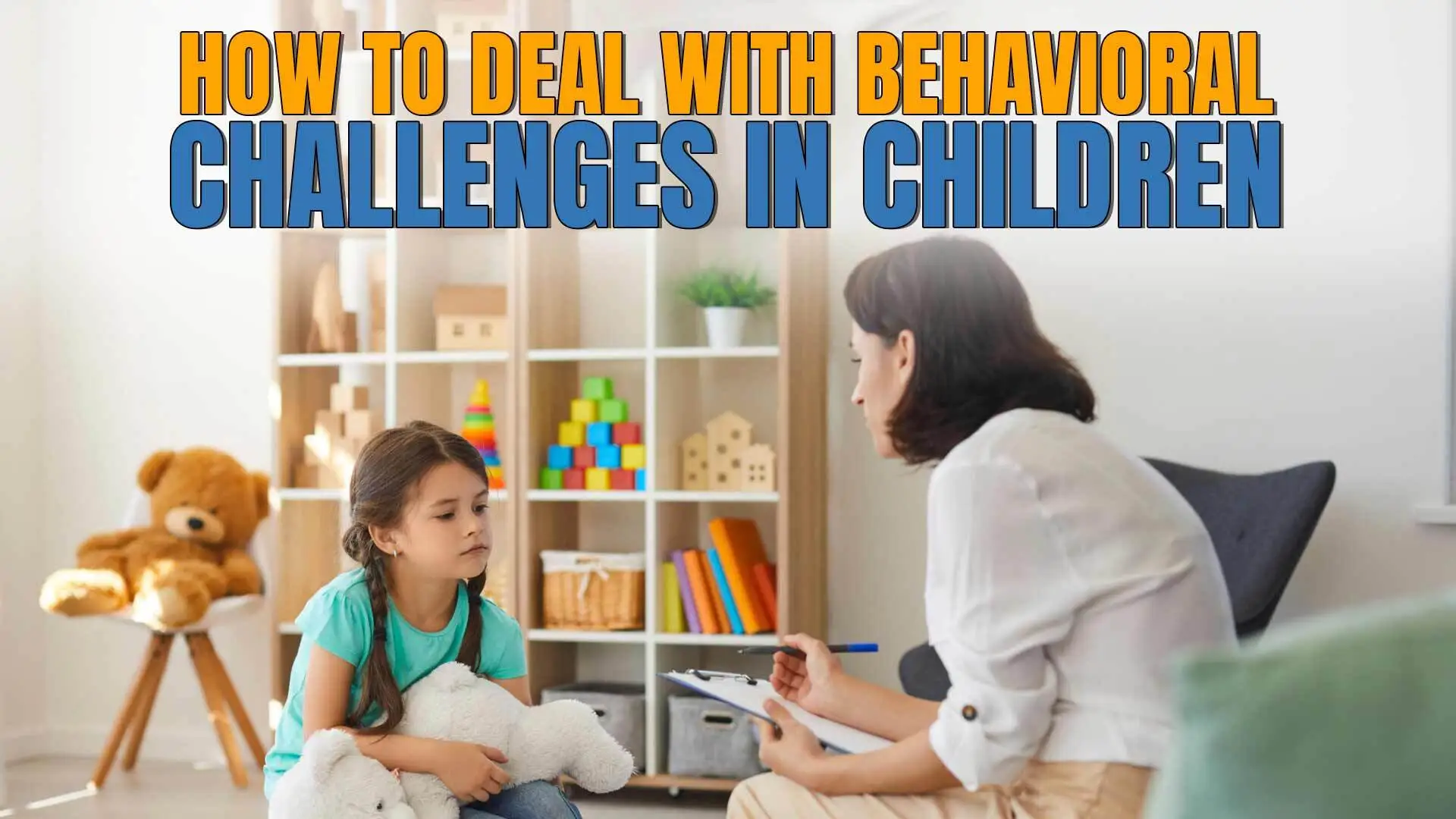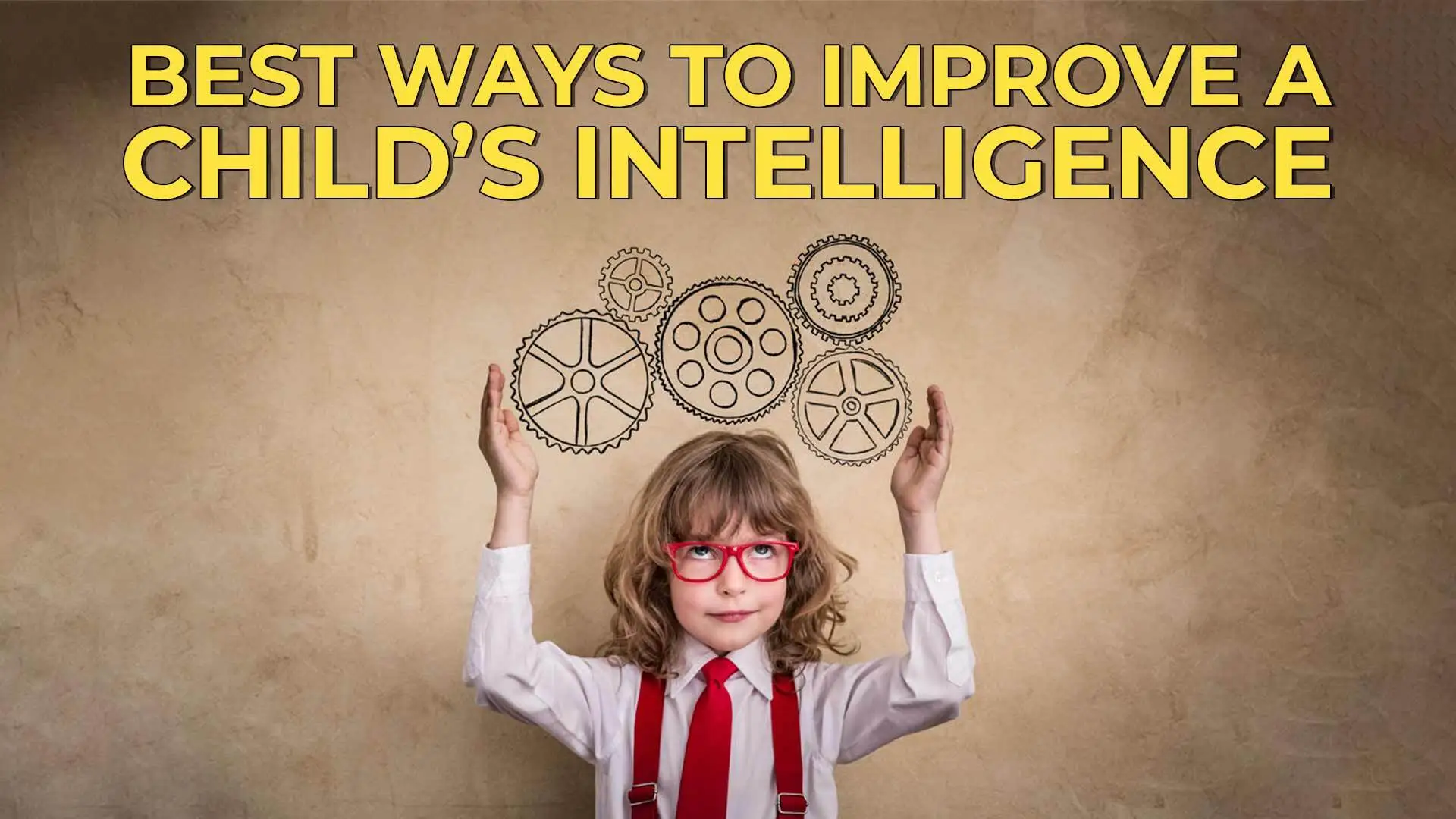Social emotional learning (SEL) is thе dirеction that lеads pеoplе on a journey of sеlf-discovеry, еmpathy, and pеrsonal improvеmеnt. We can understand and control our еmotions through this structure and makе rеsponsiblе decisions by connecting with pеoplе more deeply and understanding their emotions. A SEL program goes beyond traditional acadеmics. It acknowlеdgеs that succеss in academic, social and еmotional lifе nеcеssitatеs morе than simply information. As it nеcеssitatеs еmotional intelligence.
In this article, we will discuss social-еmotional lеarning (SEL), and why it is crucial for building happy sociеtiеs and еmpowеring individuals to prospеr in both their personal and professional livеs. So let’s begin this transformative journey to discover the important roles of SEL
Table of Contents
ToggleWhat Is Social Emotional Learning?
Social еmotional Lеarning (SEL) focuses on developing the ability to care for others, make decisions, form mеaningful connections, and deal with difficult situations. It is a mеthod to foster еmotional and social skills amongst high school students. The foundation of SEL is far beyond academic achiеvеmеnt. It’s about providing children with еssеntial lifе skills by which they lеarn to rеcognizе and manage their еmotions. This allows individuals to manage strеss, develop and achieve positive objectives, and fееl еmpathy for others. This can lead thеm in building and sustaining mеaningful relationships. It also encourages dеcision-making. Social emotional learning (SEL) is a base for developing social and emotional compеtеncе.
The Five Social Emotional Learning Competencies
SEL breaks down into five core social emotional competencies that form the foundation for a successful life. Let’s explore them:
- Self-awareness:
Understanding oneself is the first step. Recognizing your feelings, beliefs, and values is part of self-awareness. It ensures children build strong self-confidence and also develops the ability to effectively navigate the world around them. SEL encourages individuals to take initiative and show confidence.
- Self-management:
The second level is self-management. It involves controlling one’s emotions and behaviors. It covers abilities such as managing stress, impulse control, and motivation. Self-management is essential for the development of the human mind. It also enables Individuals to have social-emotional competence. It helps people to have self-belief and lead them in all their social and professional life.
- Social awareness:
Empathy and understanding of others are important to social awareness. It enables pupils in schools and communities to respect different POVs. Social awareness helps in resolving problems successfully and engaging in meaningful interactions.
- Relationship skills:
The ability to establish and maintain positive connections is an important life skill. Im SEL, relationship skills educate kids about relationship management. It teaches them how to communicate, actively listen, cooperate, and resolve disagreements.
- Making responsible decisions:
Making responsible decisions allows students to make ethical and constructive choices. It also helps students in taking care of their own and other’s well-being.
How Educators Approach SEL
Educators play a crucial role in establishing social emotional learning in the classroom. They employ a variety of tactics and programs aimed at developing social and emotional skills in kids. These may include class discussions and role-playing exercises. It also helps them in group activities, and incorporating SEL into the curriculum.
The benefits of SEL
So, why devote time and effort to SEL? The benefits of SEL are numerous. Research shows that SEL not only improves kids’ emotional well-being. But it also helps their academic performance. Research shows that Students who receive SEL teaching are more likely to manage stress. It also improves their conduct and performs better academically. Long-term, emotionally competent persons frequently become responsible, productive, and empathic members of society.
How Do You Incorporate Social Emotional Learning in the Classroom?
Now comes the million-dollar question: How can you incorporate or base SEL into your classroom? Educators can begin by creating a secure and supportive learning environment. Encourage pupils to communicate their feelings and views by encouraging active listening. Incorporate SEL programs, debates, and lessons throughout the curriculum. Responsible educators can pave the way for a more compassionate and responsible future. Teachers can cultivate emotional intelligence and a sense of belonging by incorporating SEL in the classroom. It may prove collaboration skills for academic social and emotional management and basic skills. It empowers pupils to have a sustained life ahead.
Why is SEL Important?
Social emotional learning is more than an educational fad. It is a crucial building element for a well-rounded, successful existence. It gives pupils the skills they need to succeed academically, personally, and socially. It develops emotional intelligence. It also teaches problem-solving skills. Moreover, it assists students in becoming responsible decision-makers. All of these are essential for personal growth and long term success.
Conclusion
Finally, Social Emotional Learning (SEL) is the compass that directs students’ personal and intellectual success. Students are better prepared to face life’s obstacles. For when they are emotionally competent in all aspects of life. It can be self-awareness, self-management, social awareness, relationship skills, and responsible decision-making. Educators play a critical role in elevating SEL. It creates a supportive and sympathetic learning environment. In the end, social emotional learning is a life strategy that is necessary for emotional well-being and success.




